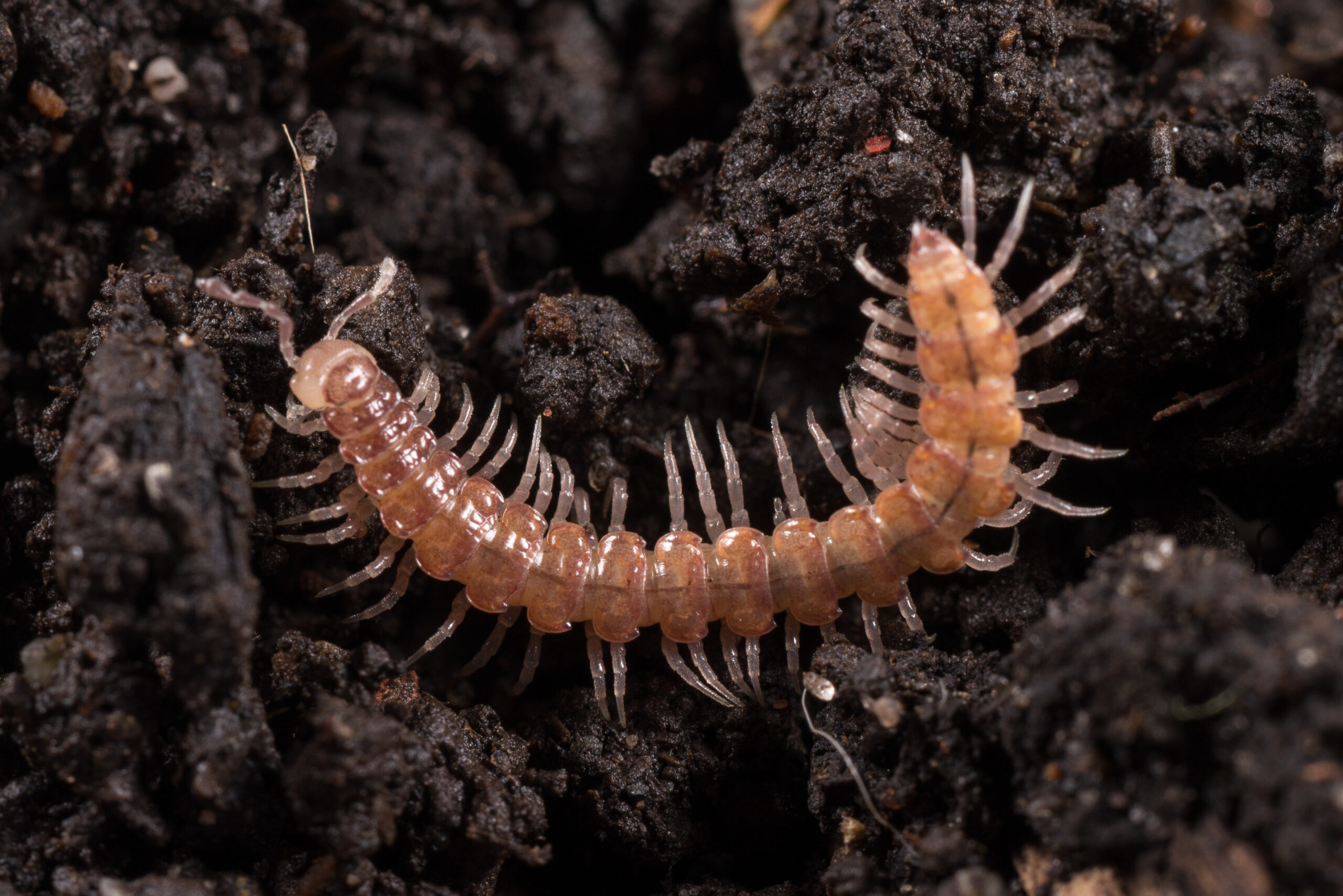Gardens have an important role to play in supporting biodiversity, particularly in urban areas. Therefore, it is vital that we know more about local wildlife, and keep track of how individual species and their habitats are faring. Wildlife records help conservationists decide how land should be managed and see how species are being affected by human activities.
Records can help to establish the distribution and size of populations, and regular recording can help us to detect changes over time. They help to identify the location of rare and locally important species, and can be used to help protect them and their habitats from damage.
It is also important to record even common, regularly seen species. These are often under-recorded, and so changes in their abundance and distribution may not be noticeable until it’s too late. They can also be used as a baseline from which to monitor changes in other species and habitats. For example, declines in common birds or insects can indicate habitat loss, pollution, or climate change.
Science is not the only beneficiary of nature-based ‘citizen science’ projects – research has shown that taking part in wildlife surveys also boosts the wellbeing of participants and their connection to nature. So volunteers taking part in wildlife recording activities are not only providing data vital to assessing environmental change, they also experience benefits of getting up close and personal with nature.
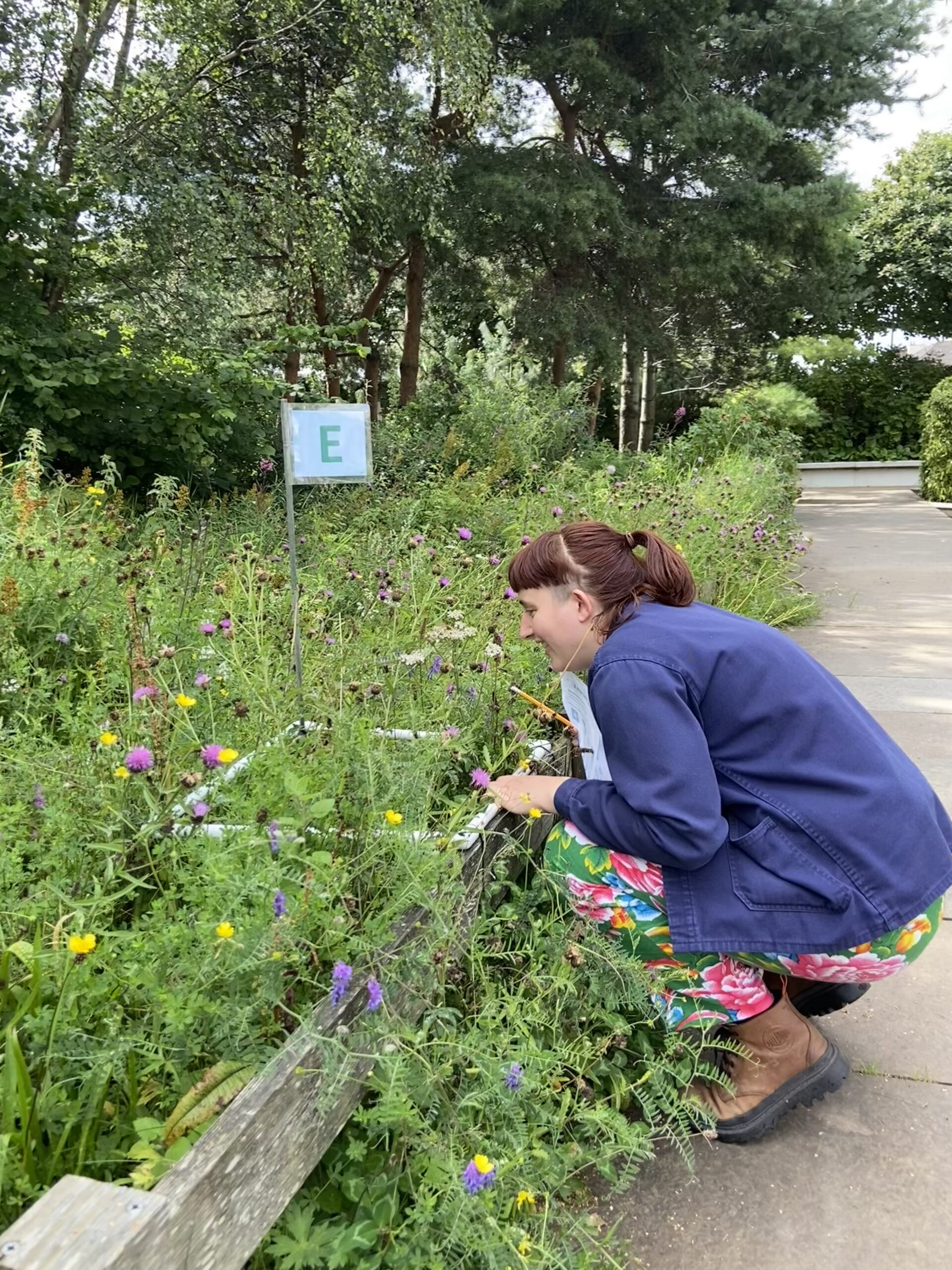
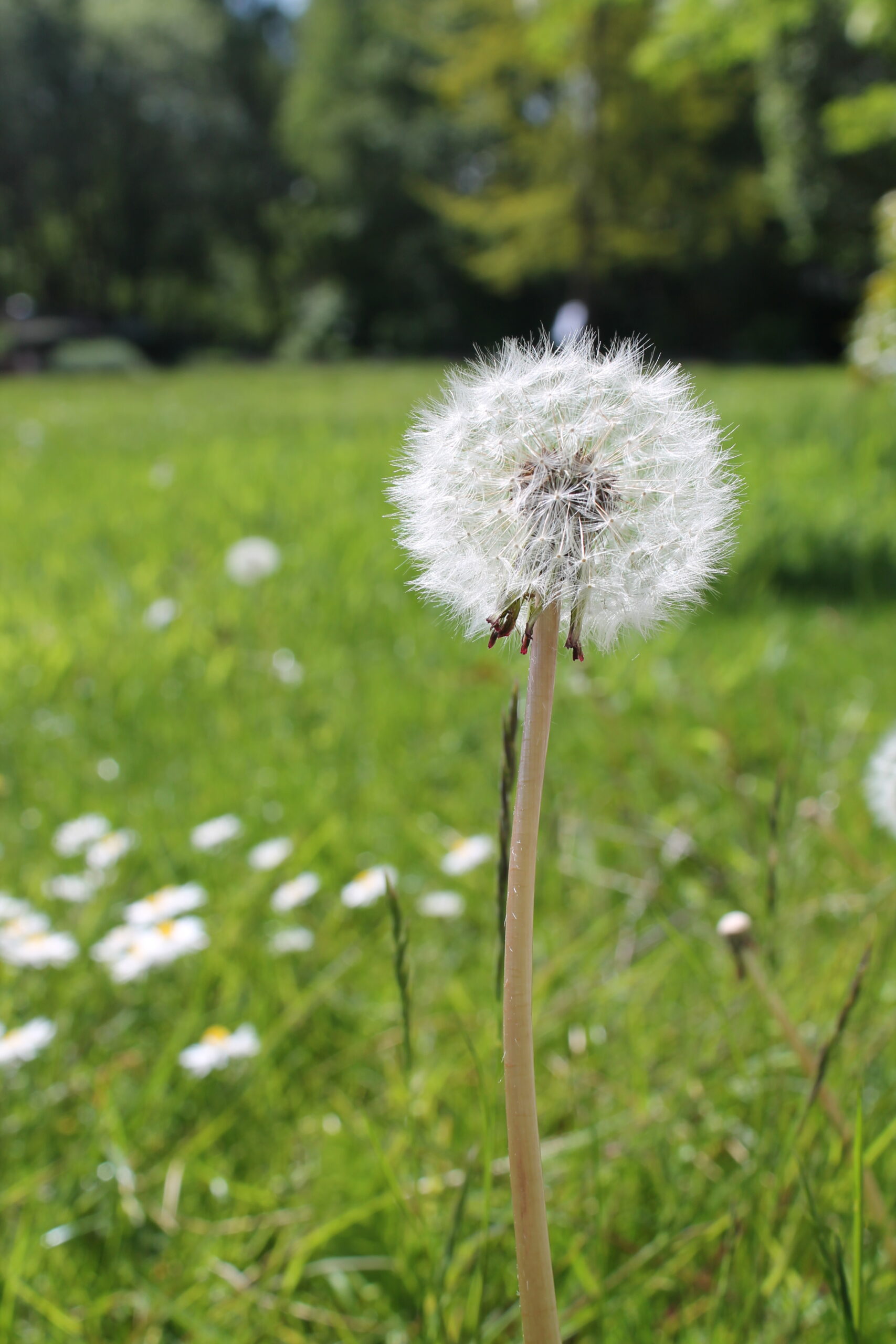
Here are some ways you can get involved:
- Take part in the Big Garden Birdwatch
- Download the free iRecord Butterflies app to report your butterfly sighting and help protect threatened species
- You can help researchers understand how the populations of pollinating insects are changing by taking part in a UK Pollinator Monitoring Scheme activity
- Record your wildlife sightings by uploading them to a database using an app or website such as iRecord or iNaturalist. If you upload a photo of a plant or animal, iNaturalist helps you identify plants and animals with visually similar suggestions, and your records will be verified by dedicated experts.
How do we gather our data?
Glasgow Museums Biological Record Centre has gathered and updated the Wildlife Records for The Hidden Gardens. Records come from specifically targeted groups such as regular moth traps and monthly bird surveys, volunteers and visitors taking part in citizen science surveys such as Big Garden Bird Watch, Pollinator Monitoring Scheme and Big Butterfly Count, and input from individual recorders.
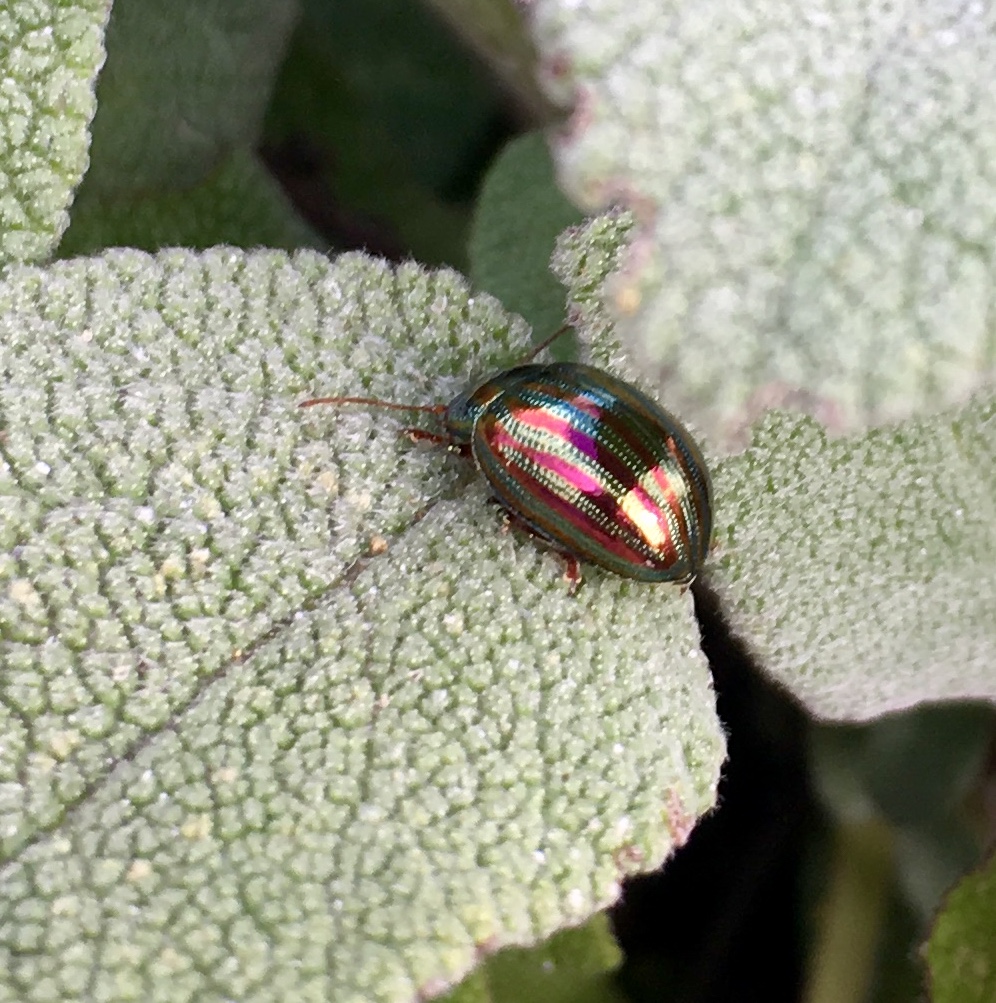
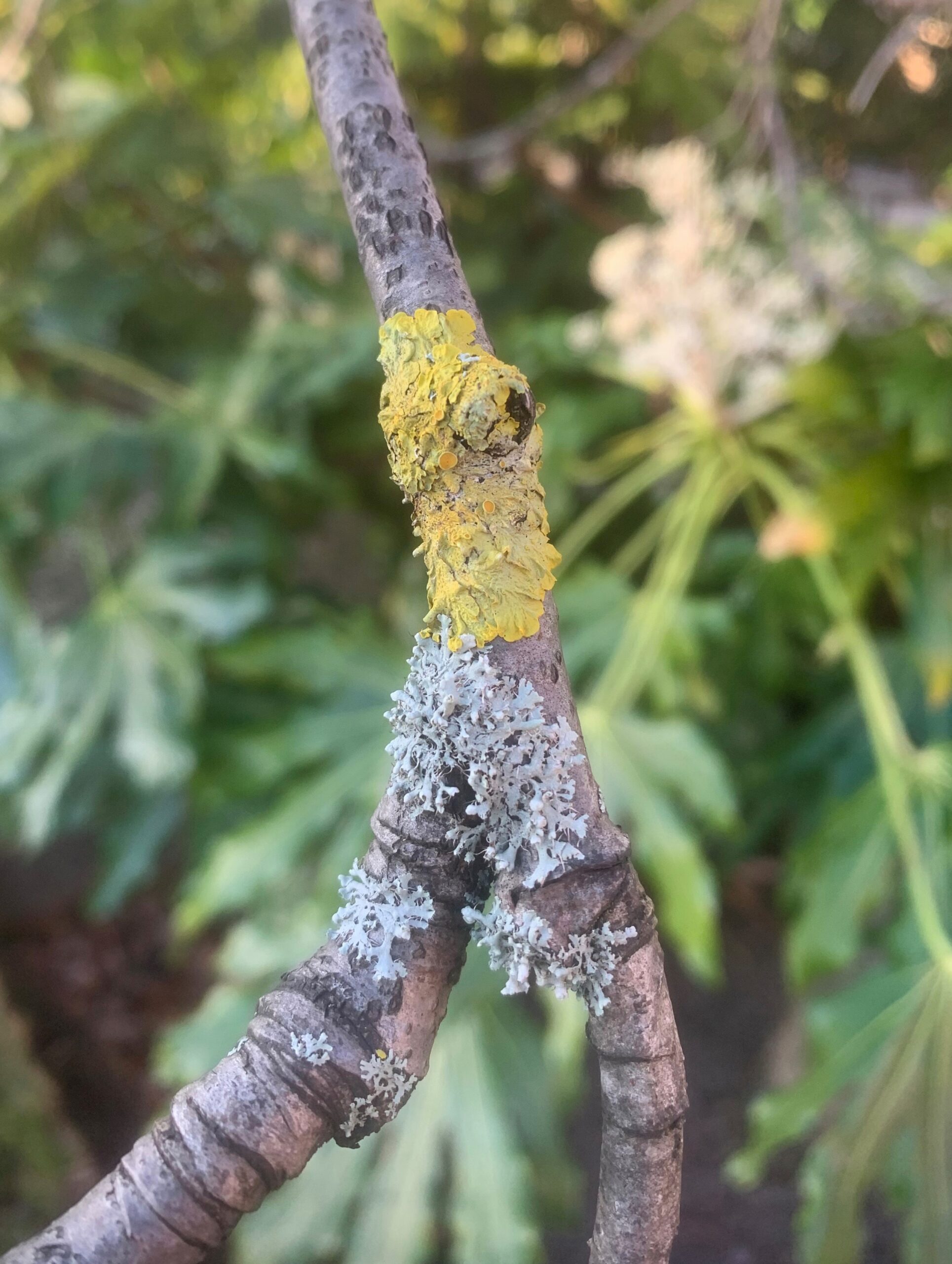
The Hidden Gardens Species List – Updated November 2023
Species total: 392
Vertebrates: Birds: 28, Mammals: 3,
Invertebrates: Annelids: 1, Beetles: 22, Butterflies: 10, Centipedes: 4, Crustaceans: 7, Flatworms: 1, Harvestman: 5, Hymenoptera: 21, Lacewings: 2, Millipedes: 11, Moths: 214, True bugs: 18, True Flies: 48, Spiders: 7
Plants: Flowering plants: 61, Ferns: 2, Ginkgo: 1, Trees:6,
Fungi and lichens: Fungi: 5
First Glasgow record:
- Lacewing Conwentzia psociformis
- Large Birch Bell moth Epinotia brunnichana
- Common Rosebell moth Notocelia rosaecolana
- True fly Tricholauxania praeusta
First Scottish record:
- Hornet hoverfly Volucella zonaria
Joint first UK record:
- Millipede Cylindroiulus britannicus
- Milipede C. dahli
- Millipede Orthochordeumella pallida
- Millipede Propolydesmus testaceus
There are so many more species out there to record, for example we haven’t got a record for Grey Squirrel and they most definately are around! Please join in our quest to find out more about the biodiversity within The Hidden Gardens, and many thanks to all those who have done so already.
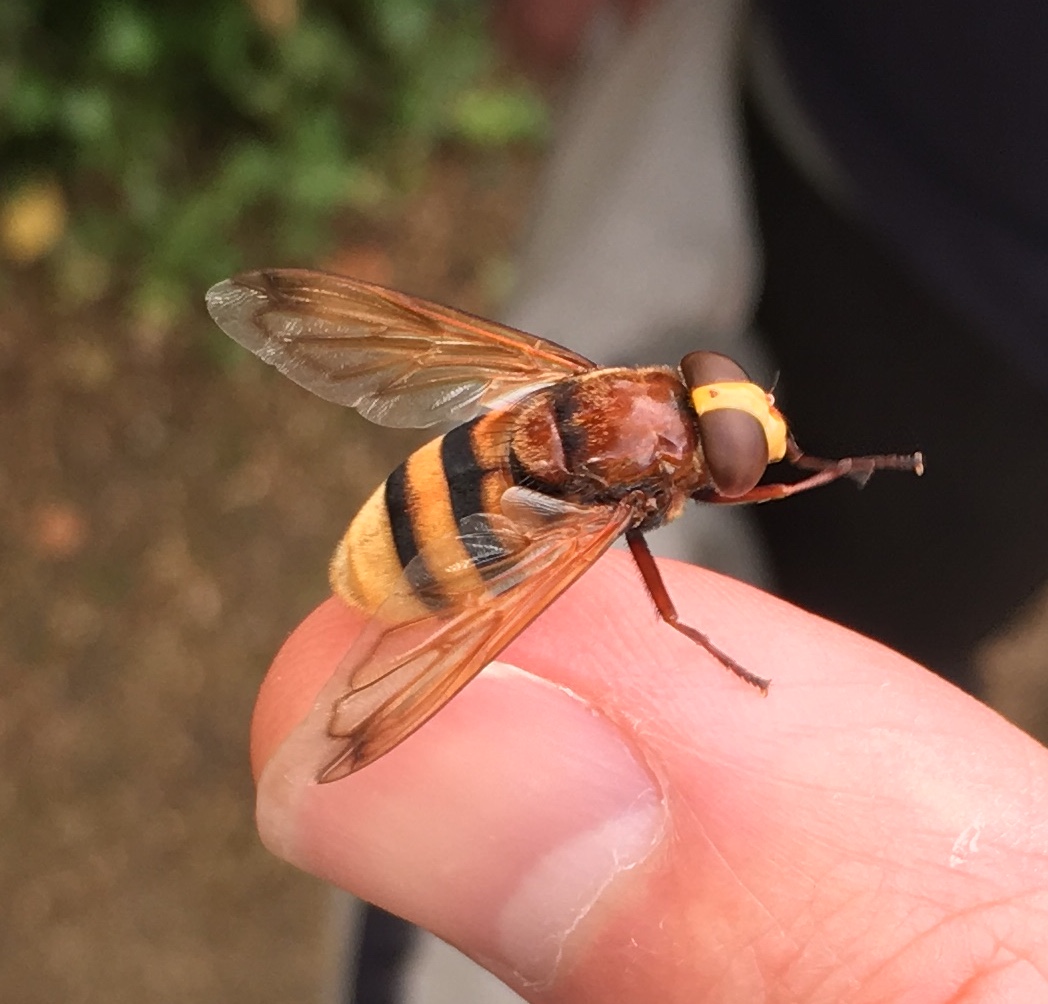
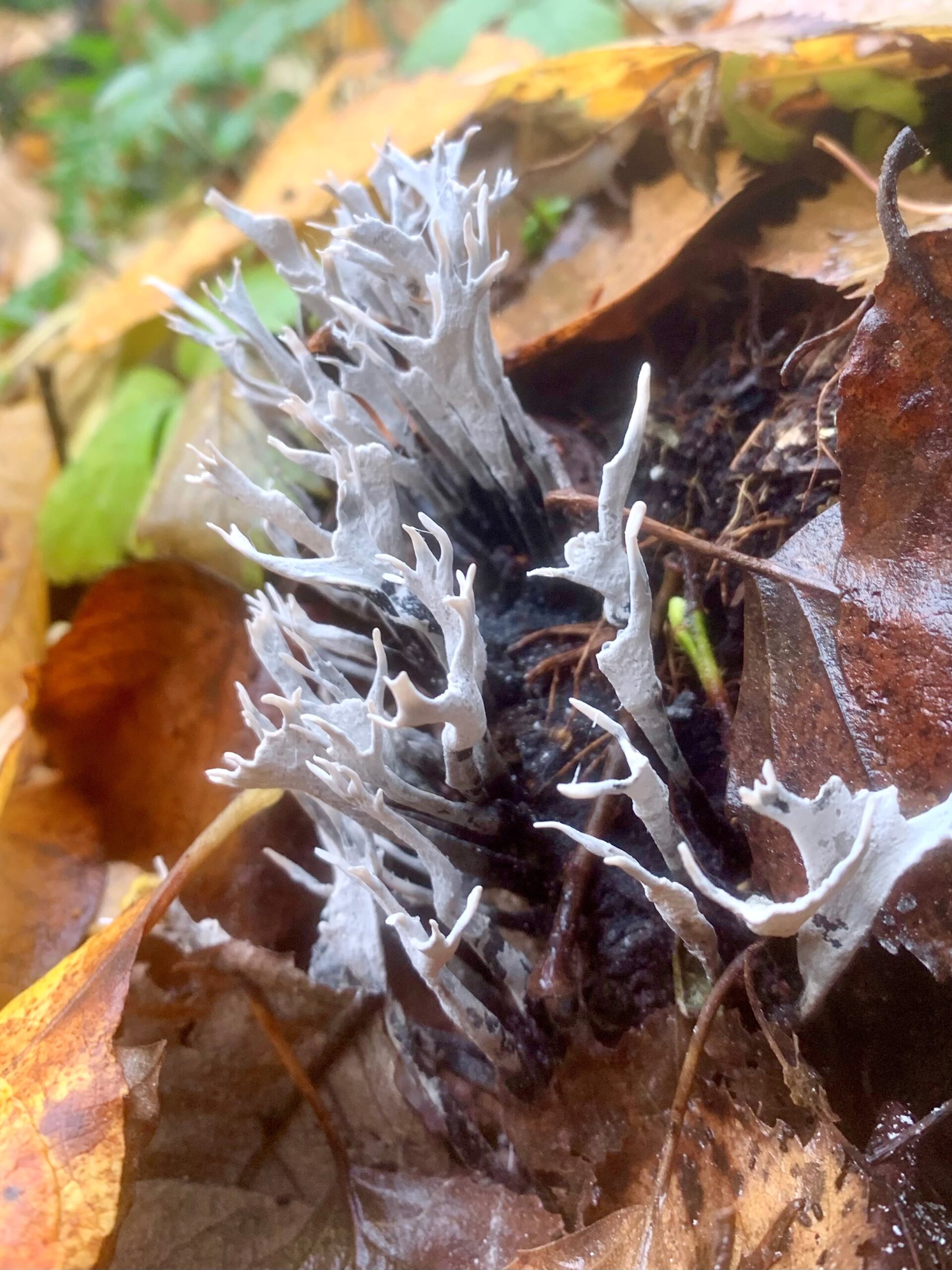
You can explore the full list of species here:
About the Conservation Status
There are a number of designations used by conservationists to highlight species of particular interest for conservation, or species under threat.
The Scottish Biodiversity List is an inventory of animals, plants and habitats produced by NatureScot that are considered by Scottish Ministers to be of importance for biodiversity conservation in Scotland.
By identifying the species and habitats that are of the highest priority for biodiversity conservation, the Scottish Biodiversity List helps public bodies apply their biodiversity duty.
The Biodiversity duty is not only about protecting biodiversity through managing specific sites, habitats and species. It also aims to increase the level of understanding and connection between people and the living environment.
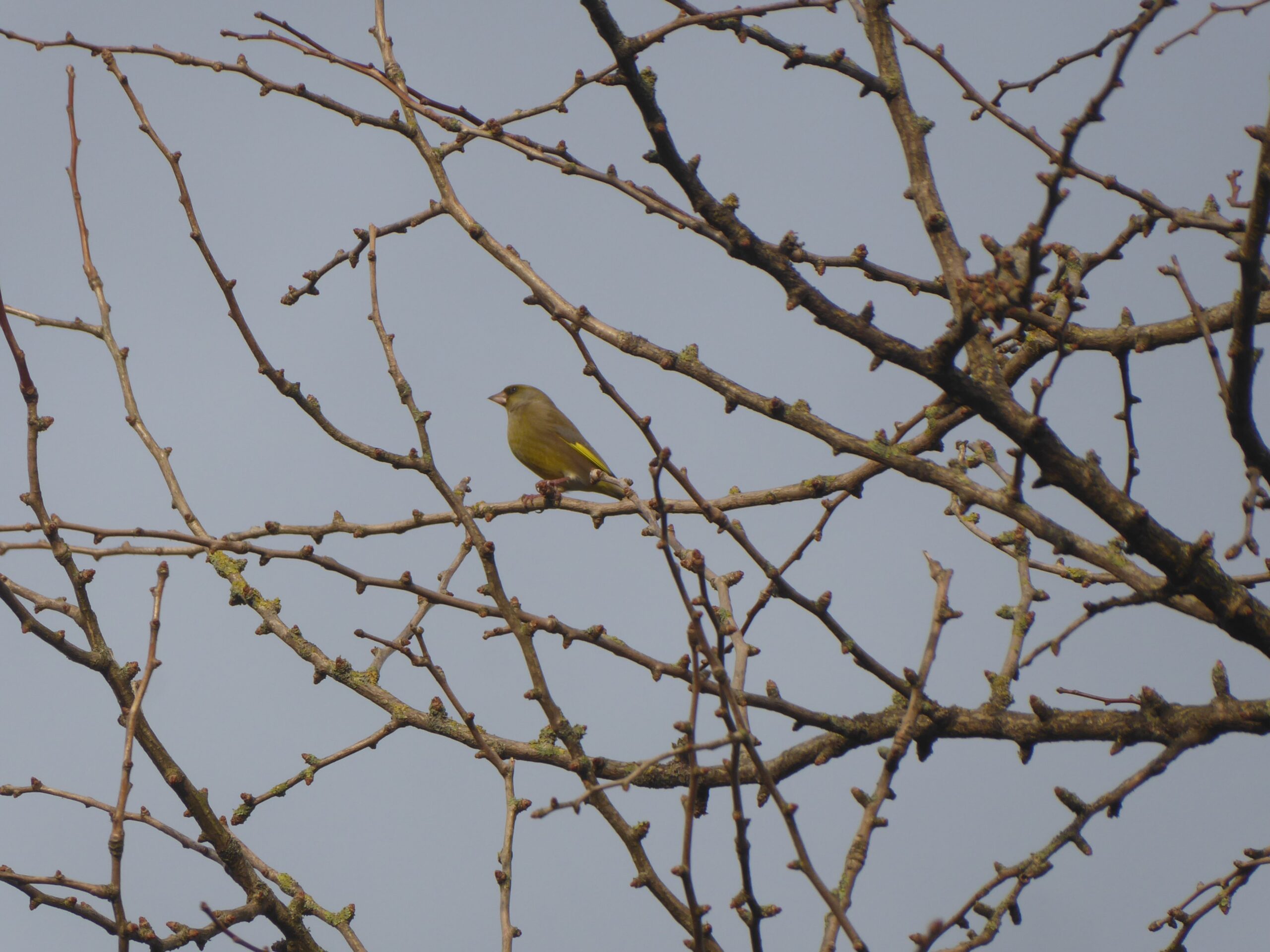
Birds of Conservation Concern 5 (2021) has been compiled by a coalition of the UK’s leading bird conservation and monitoring organisations. This is the fifth review of the status of all regularly occurring birds in the UK. The birds that breed or overwinter here have been assessed against a set of objective criteria and placed on the Green, Amber or Red lists to indicate and increasing level of concern.
https://www.bto.org/sites/default/files/publications/bocc-5-a5-4pp-single-pages.pdf
Invasive Non-Native Species are plants and animals that have been introduced to Britain from all over the world by people. These species have either become established and are causing problems, or are likely to cause a significant negative impact if they become more widespread.

